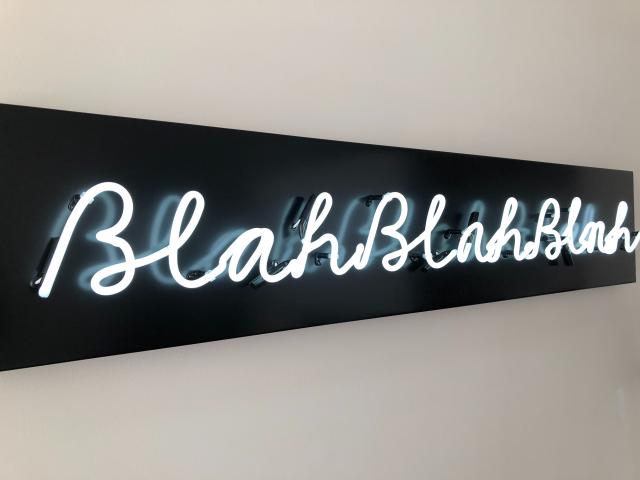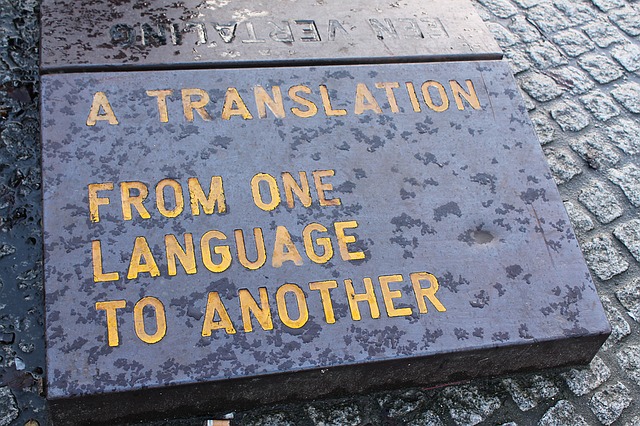When a novel crosses my desk for copyediting but I can see ways beyond the sentence level the book could be improved, it can be frustrating. By that point in the publishing process, though, it’s often not helpful to provide suggestions for large-scale revisions.
 Perhaps you’ve been in a similar position. Or perhaps you’ve felt – on an instinctual level – that a manuscript could be better, but you just weren’t sure exactly how.
Perhaps you’ve been in a similar position. Or perhaps you’ve felt – on an instinctual level – that a manuscript could be better, but you just weren’t sure exactly how.
When an author comes to me for a manuscript critique, it’s my job to figure out how their novel can be improved – and it’s so, so satisfying when that author comes back to me for copyediting, too, because I get to focus on the sentence without that sinking feeling that the manuscript could be so much more.
Developmental editing vs manuscript critiquing
A manuscript critique is a kind of developmental edit. With both services, the editor analyses the manuscript as a whole and suggests how it can be improved. All the big-picture storytelling elements and techniques that go into a novel are considered.
Things like:
- story
- plot/structure
- character
- tension
- theme
- point of view
… and so on. These elements are usually considered in tandem with the novel’s suitability for its target readership and genre, and how publishable and marketable the manuscript is.
A manuscript critique is essentially a developmental edit lite. With a developmental edit, you analyse every scene, every character arc and every plot point in a novel. With a critique, you provide more general analysis that focuses on the main ways an author can improve their book. And instead of showing the author every instance of every problem (as you would with a full developmental edit), the author will comb through their manuscript and find the places they can apply your feedback.
Of course, take my descriptions with a pinch of salt because every editor will work slightly differently.
How the client benefits from a manuscript critique
With fiction, it’s usually the author who hires an editor for a manuscript critique. Fiction publishers look for compelling, effective novels – and competition is high. Because of this, authors need to be able to submit their best work. It’s a similar story for independent (self-publishing) authors. They also need to publish their best work in order to attract readers and good reviews.
A critique provides an author with a professional, objective perspective on their novel – and is more affordable than a full developmental edit. They can use the feedback to strengthen their novel’s foundations, increasing their chances of being published or minimising the risk of poor sales or bad reviews.
 The critiquing process
The critiquing process
A critique should come before any sentence-level editing. Not every author needs (or wants) a professional critique, but I’m yet to read a manuscript that wasn’t sent to me by a publishing house that wouldn’t have benefited from some larger revisions.
My critiquing process is very straightforward:
- I read the manuscript.
- I set the manuscript aside for a few days to let my thoughts percolate.
- I write up my thoughts and suggestions.
The author can email me with any points they need me to clarify, but then I leave them to make their revisions.
Skills required to offer manuscript critiquing
The skills you need to be able to offer manuscript critiques are the same skills you need to become a developmental editor (of fiction). These include:
- Knowledge of writing-craft theory – You need to know what makes a good story, how different writing techniques work, and what makes a novel publishable and compelling. Otherwise, you’ll have no concrete way to back up your suggestions.
- Ability to read fast but carefully – To earn a competitive fee, you need to be able to read a manuscript as quickly as possible while still absorbing enough detail to be able to provide your critique.
- Objectivity and detachment – You need to be able to keep your preferences out of the equation. You aren’t telling an author how you would have preferred the book to be written, but how changes to the book can best help the author achieve their creative and publishing goals.
- Ability to organise and structure your thoughts – A novel is a huge, complex piece of work made up of many overlapping elements. You’ll need to create processes that help you untangle your thoughts and shape them into clear feedback.
- Creativity – Even though you need to be objective, you still need to be creative enough to provide the author with suggestions. Suggestions help authors understand your criticisms and demonstrate how the problems with their manuscript can be resolved.
Summing up
It’s really satisfying to be able to help authors improve their novels on a deeper level.
I just love being able to take a novel-in-progress and turn it into a puzzle – seeing which pieces are missing, which bits can be discarded, and which shapes need to be changed in order for the bigger picture to become crystal clear.
Critiquing is both an analytical and a creative challenge – and one that I relish. It’s both my pleasure and my privilege to be able to offer this service to my clients.
 Sophie Playle is an Advanced Professional Member of the CIEP. She’s a specialist fiction editor who provides editorial services to authors (and publishers) – and trains other editors through her online courses, too.
Sophie Playle is an Advanced Professional Member of the CIEP. She’s a specialist fiction editor who provides editorial services to authors (and publishers) – and trains other editors through her online courses, too.
In the CIEP directory of Professional and Advanced Professional members, 25 listings include ‘manuscript critique‘.
Photo credits: puzzle – Kieran Wood; open book – Kiwihug, both on Unsplash
Proofread by Lynne Baybut, Entry-Level Member.
Posted by Abi Saffrey, CIEP blog coordinator.
The views expressed here do not necessarily reflect those of the CIEP.











 Wonderful Words is a regular feature by Susie Dent, honorary vice-president of the SfEP. Susie is a writer and broadcaster on language. She is perhaps best known as the resident word expert on C4’s Countdown.
Wonderful Words is a regular feature by Susie Dent, honorary vice-president of the SfEP. Susie is a writer and broadcaster on language. She is perhaps best known as the resident word expert on C4’s Countdown.











